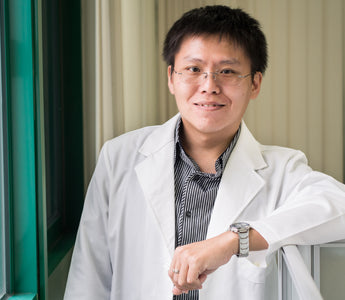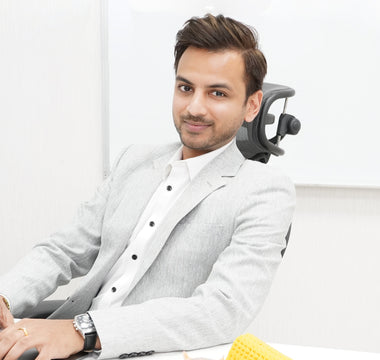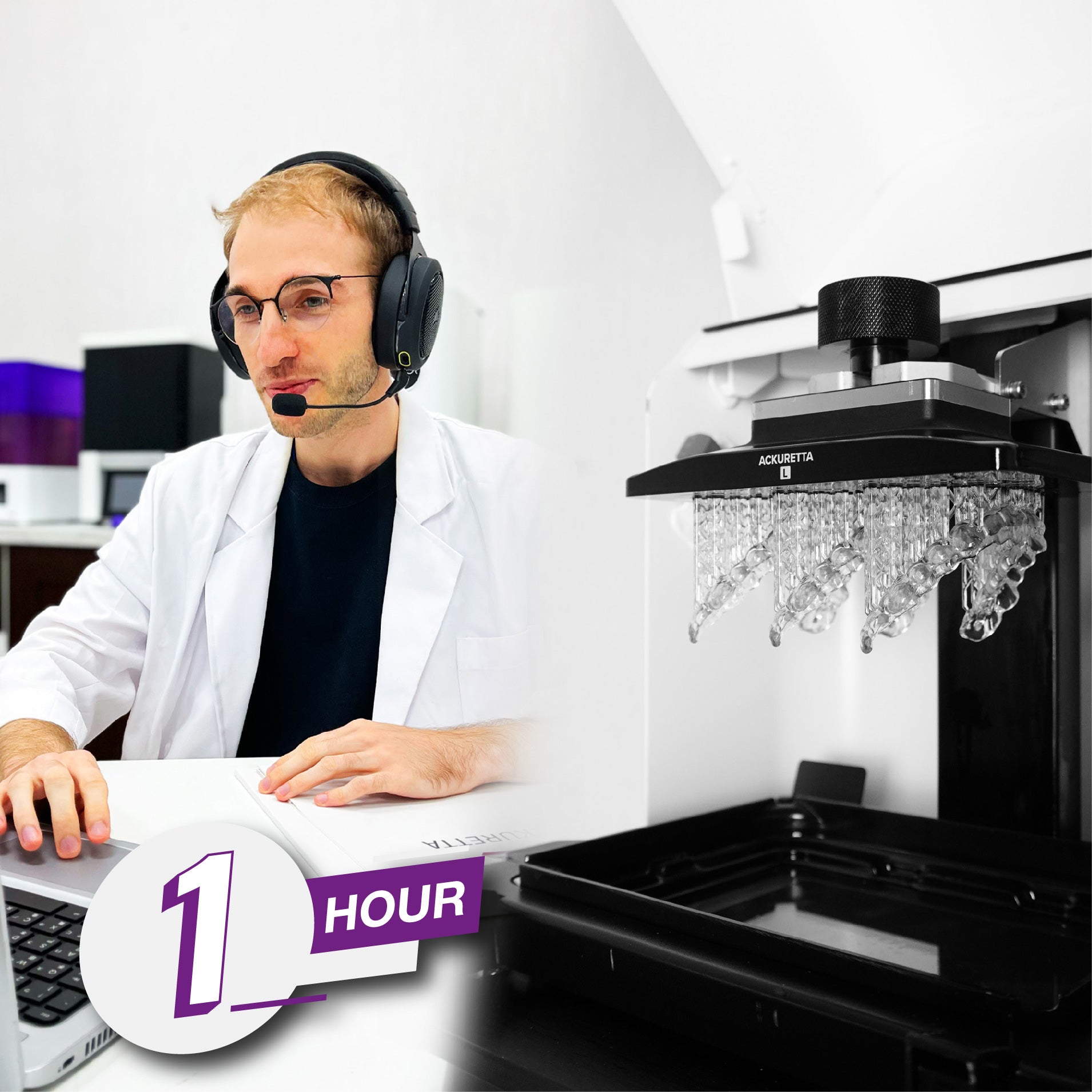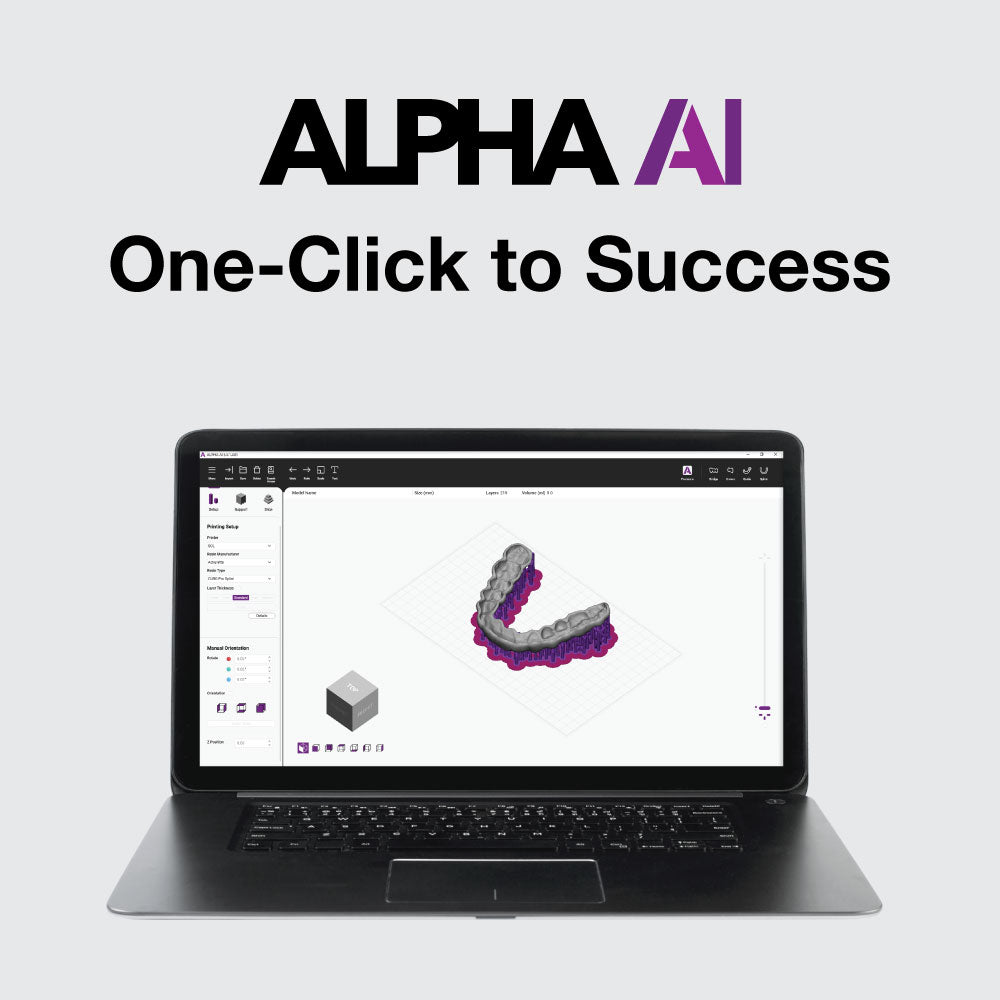A Conversation With Ackuretta’s Chief Technology Officer, Thomas Wu
3D printing has revolutionized the world of dentistry. From its first appearance on the industrial market over 30 years ago – when it was originally known as ‘prototyping’ – to current iterations with improved components, software, and materials, and applications in many fields, additive manufacturing is continuing to expand. Thanks to tools such as CAD and CAM software, LCD printers, and post-printing technology, dentists are able to provide excellent results to patients at a lower cost, and a higher speed.
But how do these technologies and advancements become available on the market? What happens behind the scenes? How does your Ackuretta SOL come to life?
To answer these questions, we sat down with Ackuretta’s Chief Technology Officer (CTO), to dig deep and understand how 3D printing has become what it is today.
[Editor’s note: Responses have been lightly edited for clarity and flow.]
What do you do in your role as Chief Technology Officer (CTO)?
My job is to understand and gather as much information as possible on the technology currently on the market, as well as on consumers and end users. Before we start to design a product, the first step is to know what we are going to deliver – our CEO Ayush, or others from the company side will give me a target that they want met. For example, a cost target and a time target. I am given certain requirements, and then I have to find suitable technologies. I must then combine them and put all that technology into our machine. And I must make sure that the machine provides a solution to our customer’s problem.
For the final product, the key is not the design but how to integrate all the necessary elements. The different engineers are in different fields – mechanical, firmware, electrical. They are focused on their own field, and I have to try to connect them together, to give them a suitable target based on our products.
If we need to add a motor in our printer, for example, I have to study how many kinds of motors are available, and what each one can do. We could look at performance, price, reliability, and more. There are a lot of criteria, and I have to make a decision based on certain conditions.
Ackuretta is innovative – that is one of the company’s core values. How do you embody that from a technology perspective?
With all products on the market, roughly 80% of the technology is comparable – all products have almost the same function. But we put different details on it. Those details will make those machines unique and different from others. Two key pieces that set us apart are the overengineering of our products, for example with the z-axis, and our two-year warranty, which is industry leading.
“If you look at the specs, the numbers are very close – the size or the resolution – all because our key components are the same. But we put our own special engineer details. That makes our products different from others.”
For example, our machine’s reliability is the highest of any other printer in the same market. I focus on this because our machine is for the dental industry. If they have an urgent task and their machine is broken, they will have trouble and will lose their case. A long life and reliability is a unique feature that sets us apart.
To build this kind of machine, we need to consider some technology or details more than others. It is more about the engineering than the technology – but that is still my responsibility. I need to make sure all the product quality is the same.
Other than reliability, are there other areas of focus that set Ackuretta apart?
We put a lot of effort into making sure the accuracy is as high as possible. With 3D technology, printing is the goal – but from a dental perspective, dimension accuracy is very important. A patient’s mouth is very sensitive. If there is a hair in your mouth, you can feel it. And the size of a hair is only 100 microns, 0.1mm – it’s very small. So we need to make sure our product accuracy is less than 100 microns. The size you design and the size you come up with must be very close – less than a 0.1mm difference.
Do you get a lot of feedback from the customers that you then take into consideration when designing and building a product?
Our Customer Support team has a very close relationship with our customers. They help them if they have any questions, and give them solutions to their problems. Once a month, we have a meeting with the support team. They update a data sheet with all the problems that customers have had. Some problems are due to user error, and some are due to machine issues – they will discuss which issues are most urgent or serious. We will get new requests and new specifications, and then when we start to design or plan our next products, we will take those requests into consideration.
How long does it usually take to develop a new product?
Usually, from start to finish, we need one year. But the loading throughout the year varies greatly.
The first 3 to 6 months are the most important. They are spent mostly on planning, evaluating, doing the design, simulating, spending time on the computer, designing, coding, and more. In those first 6 months, there is almost no output – but the key here is not output, but rather to try to make sure that we are not going or choosing the wrong way; we come up with a low-risk plan. Part of our thinking includes looking 2 to 3 years ahead, and making sure that our design will be suitable then. We don’t want it not relevant to the market in one year. Hardware is difficult to upgrade, whereas software is much easier to upgrade. So we must ensure that the hardware will still be suitable for the market.
The last 6 months are to run reliability tests, then if we need to modify anything or make adjustments, we can do that, and then launch 2 to 3 months after that.
What has changed or progressed the most in the past 10 years in terms of technology?
The basic technology is actually no different than what was originally developed 30 to 40 years ago, when it was known as prototyping. It was owned by well-known global companies that handled the basic patent – which meant that no one could make a 3D printer without being licensed by the company’s patent. 10 years ago, the patent expired, and everyone started making their own 3D printers.
At this time, business people were very clever – they created a marketing word called “3D printing.” The idea was that people would easily understand this term – ‘3D’ meant a solid, not just a flat shape; and ‘printer,’ rather than ‘machine,’ was a familiar term. Everyone knew how to set it up and how to use it. People would therefore think that 3D printing was something easy to use, and it would be easy to create something.
Since then, many new printers have been designed and sold. The most different element of 3D printing today is the engineering.
“The basic technology is no different. But the engineering side is quite different.”
There is new technology and components for the manufacturer to come up with – they can make the components more efficient and reliable – but 3D printing remains, in essence, the same.
I would say that 3D printing will not see big changes in the next few years – this kind of technology will not have any big or significant improvements. But what will become clear in the future is more specific fields where this technology applies. In the future, there will be more and more areas in which 3D printing can be used. And the key is the material. If more materials come out, which are at a lower cost and with better material performance that can compete with the current manufacturing process, then 3D printing can be applied in more fields. The resin is the key, especially in dental applications, where the final product goes into the patient’s mouth. You want to make sure it will not damage your health – there are lots of certifications to make sure that it will not harm the human body. The resin development is therefore more important than the machine.
“Of course the machine is important. But the limitation comes not from the machine but from the resin.”
To have a suitable dental product from 3D printing, we have to handle three things:
Usually the CEO or the CTO – the Chief – will think of something more high-end. But I feel that I cannot just develop a product that I want, because everything, I think, starts with the customer. You can develop an excellent product, but if many don’t need this kind of product and the market doesn’t accept it, then it’s nothing for the company.
“The technology is not the key. We have developed high-end products in the past, with a lot of high-end components, but the problem is to ask – what do the customers really need or want? Not just what we want to make, with all the great specs.”
There is no best technology, only the most suitable. New technology does not always equal the best.
What can you share with us about AI integration?
We are certainly integrating AI into our products. AI is actually very simple – if it’s something that needs to be learned, then you can use AI. In 3D printing, there is a lot of knowledge that must be gained – model design, software, set-up and orientation, using the machine, post-processing. And you need to make sure that each detail is running smoothly to get a good result. If you make a mistake, you will have a problem with the final output.
So for the user, they just need the result, they don’t want to know all the details. So we try to reduce the learning effort. We make their learning curve as small, as smooth, as low as possible.
[Example: Slicing software. If you don’t know how to orient the model or build supports, the printer can still print, but the result will have problems. So rather than spend a lot of time on educating them on how to correctly use the technology, when most of them are focused on getting a good final result, we integrate AI. For them, 3D printing is a tool. If the tool is too complicated, they don’t want to try it.]
Ackuretta makes products for both clinicians and labs – are you working on different products for each one, or one product for both?
That decision is based on the market.
Much like with a car – which comes in different sizes, colors and designs, despite being just 4 wheels and an engine – there are many different styles and types of printers because some types are suitable for some customers. Can you design one style that can combine everything together? Maybe yes, maybe no. But the most important thing to consider is the customer side.
If we try to meet the needs of every field, it means that in each field, it will not be the most suitable. You must cut something in order to satisfy another need. This means that the limitation is not from the technology but from the market side. We could develop something like a transformer machine that could be used for many different customers, but that would be very expensive.
Each user just needs a specific field, they do not care about the rest. But if you develop a machine that can switch to many different fields, this means that the user must waste money on some functions that they will not use. And the price of this ‘all-in-one’ printer will not be able to compete with a product designed purely for that field.
“We try to understand what our market needs, what our users really need.”
Say we have Market A and Market B. We first need to understand how much overlap there is.
If there is only a 10% overlap in their requests or their needs, then it doesn’t make sense to design one product for both markets. They are 90% different, which means that you would need to spend 190% to develop something.
If, however, there is an 80% overlap, this means that you need to spend only 20% more to develop a product that will meet the needs of both markets. The original machine requires a 100% effort, so it would cost only an additional 20% more to produce a product for a second market as well. This product would be more reasonable, and the cost may only be 20% more, which would not be too high an increase – the customer would not feel they have wasted too much money.

When kicking off a new project, we spend a lot of time discussing our market with important decision-makers in the company. We have to make sure the number we put in the middle (the overlap of the two markets) is correct. If we were to suppose it was 90% but in reality it was only 30%, people would not purchase the machine – it would solve their problem, but they would spend a lot of money to purchase functions that they don’t need. Customers are smart, and will compare different products. They know what they want.
Development is my priority. We need to think about our target and the data.
Last question – when professionals are purchasing a printer, what should they consider?
The key specs are not the ones on paper. Because the difference is in the details, I think the one thing that is really important is to ask how we can deliver the value information of our printer. As I said, our first priority is reliability. But you cannot write that down. And yet it is very important for our industry customers. They need a machine they can trust to perform when needed. They need a tool that will not have problems in an emergency. We need to let the customer know this. Not just the paper specs.
If you were to purchase a car, for example, a normal car (not a supercar or sports car), it would have 4 doors, 4 wheels, and 4 or 5 seats. You could look at the catalog, and all the numbers would be very close, even for different brands. But the feeling cannot be written. When you sit inside the car, you see the view, you feel the touch. That is the key for the user when choosing a car. Those specs you can write out are not the key.
If a customer is purchasing a 3D printer for the first time, we need to let them know why they should purchase our machine. We put a lot of effort into designing products with high reliability and high accuracy. There are some of the most important things that people consider, and need to consider. If they don’t have any experience, they may not know to ask about these things, and assume that all printers come out with the same result. But if they have experience, they will know accuracy and reliability are very important.
So if we can teach the people without experience, then they will know the value of these elements. When this knowledge is shared, and users become aware of what we put our effort into, I feel a sense of accomplishment.
The world of 3D printing is getting more and more interesting, and I am excited for the future of the industry, to see how it expands, changes, and revolutionizes the industry.























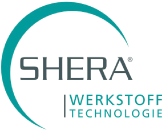








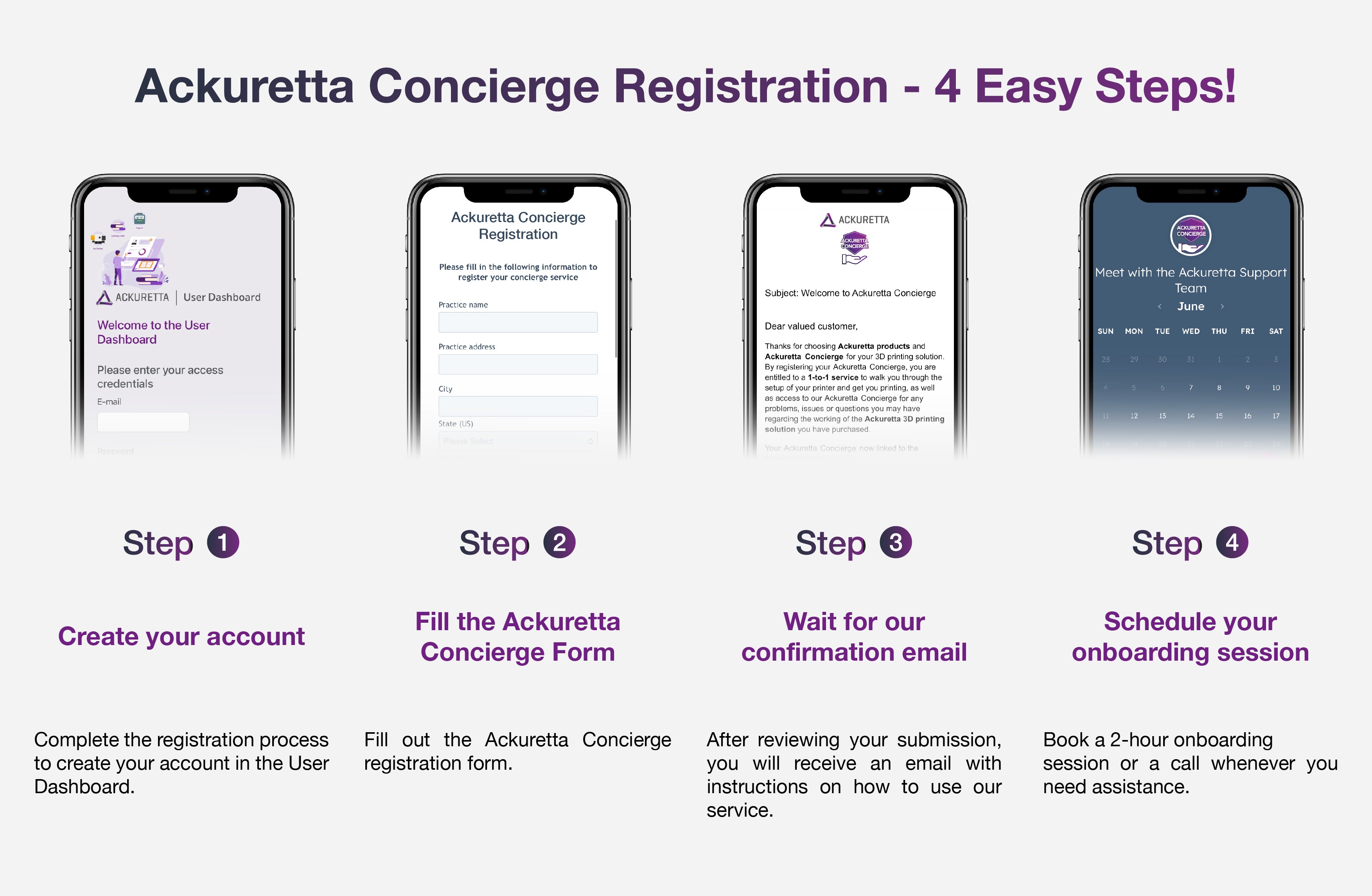






























 Loading ...
Loading ...
